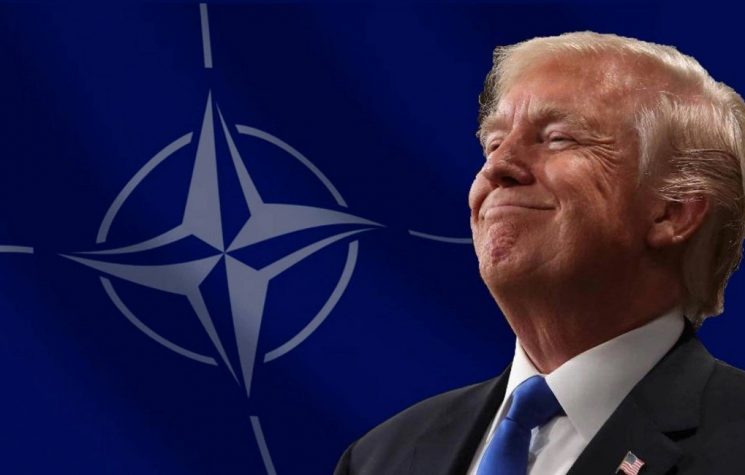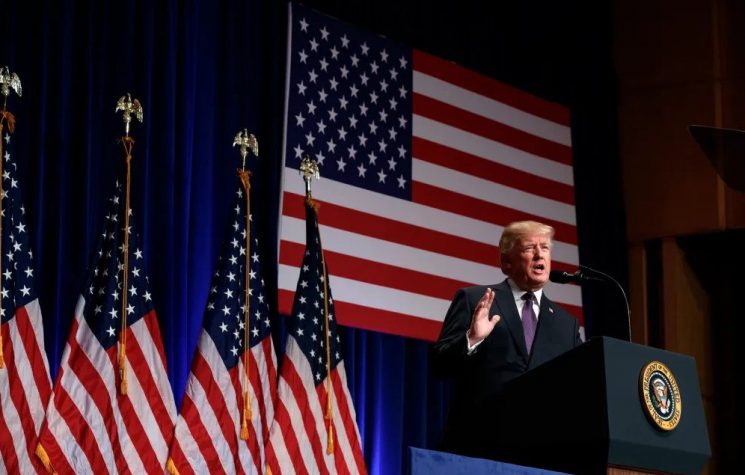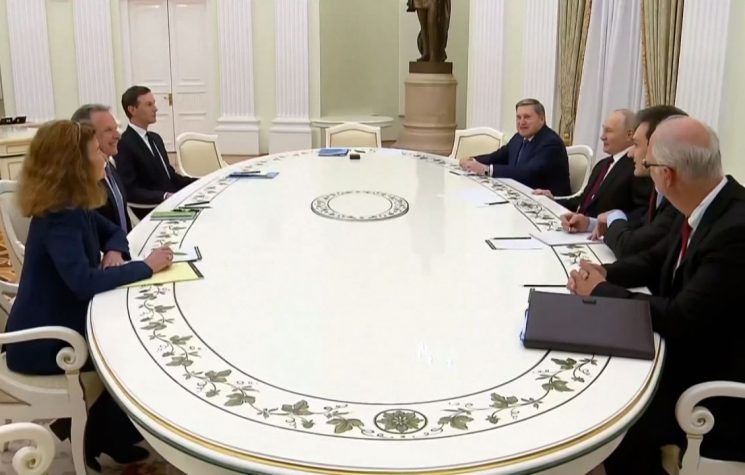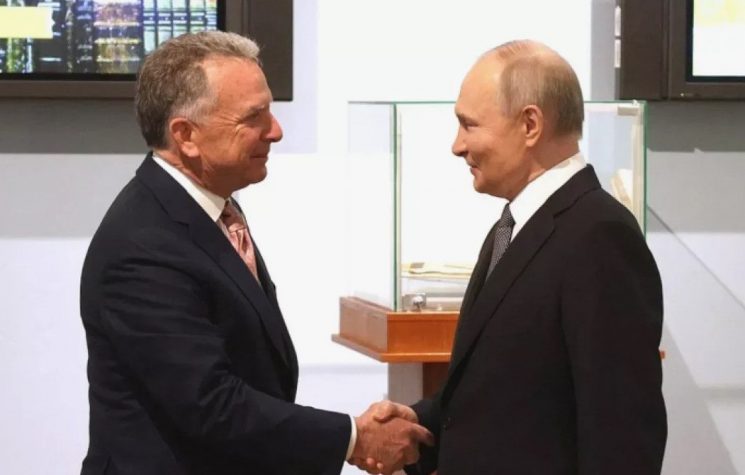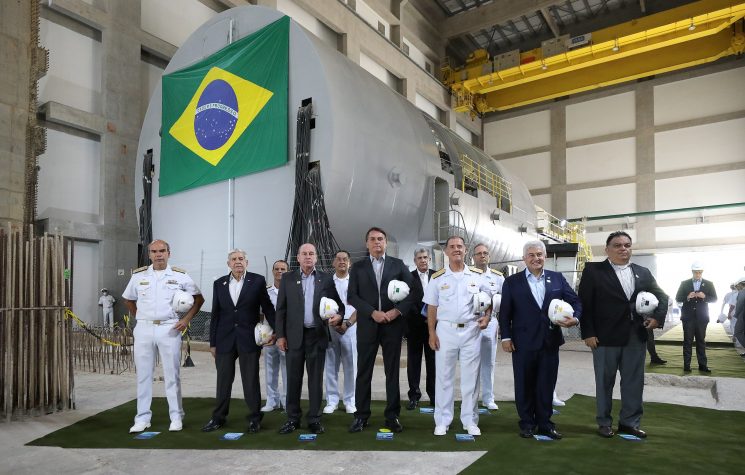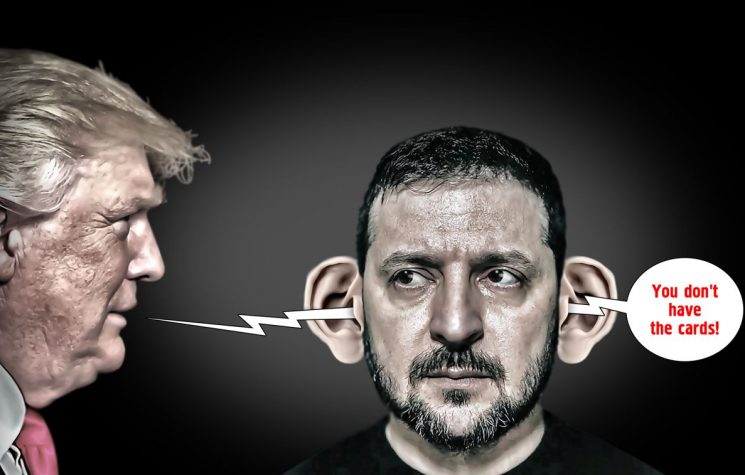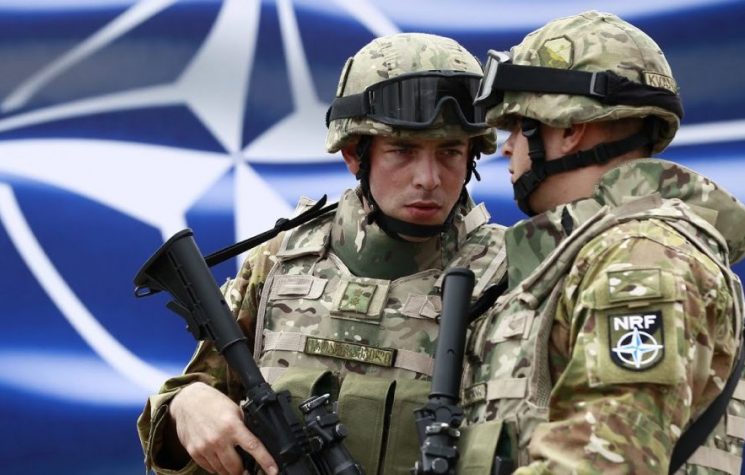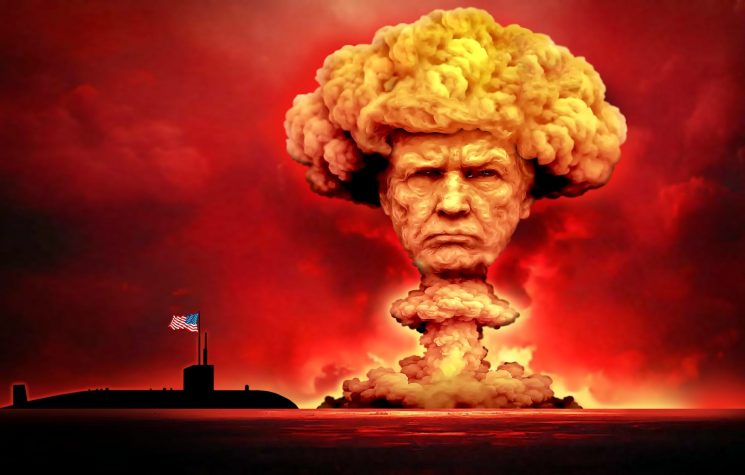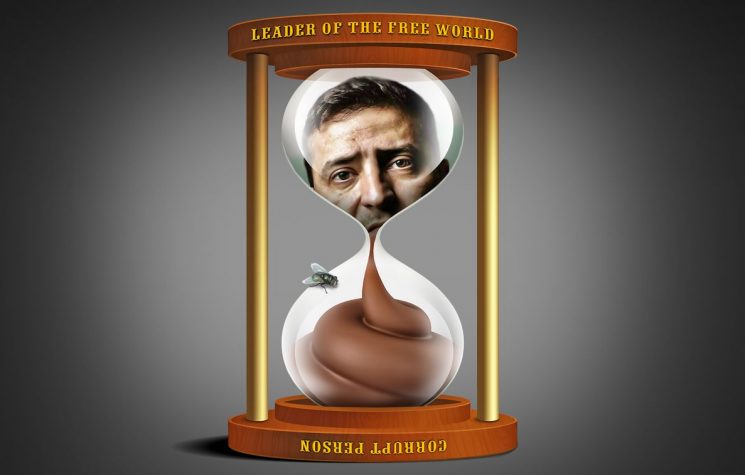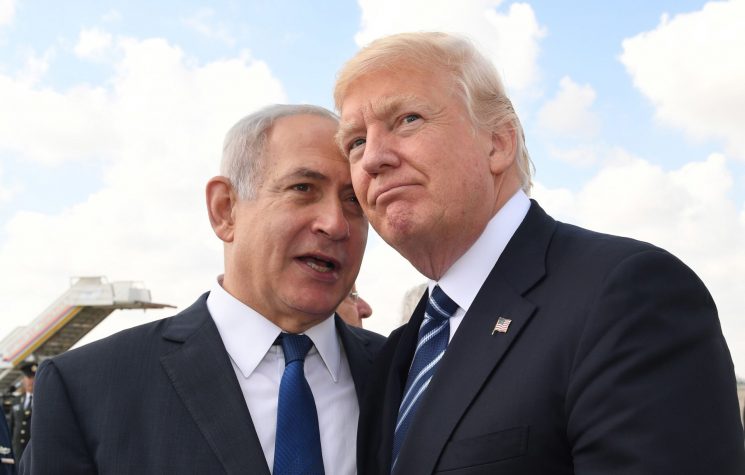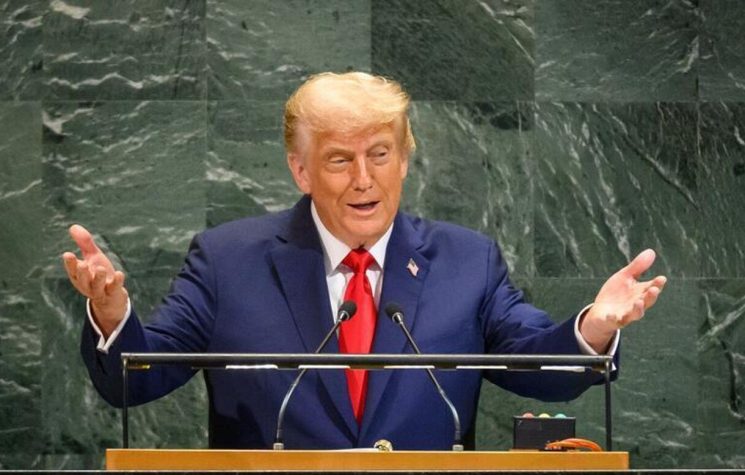Resuming test nuclear explosions is the futile response of a loser.
Join us on Telegram![]() , Twitter
, Twitter![]() , and VK
, and VK![]() .
.
Contact us: info@strategic-culture.su
Russia’s successful testing this week of two breakthrough nuclear-capable weapons, the Burevestnik and Poseidon, marks an absolute technological besting over the United States, which is why President Trump overreacted with warnings of renewed nuke testing.
The weapons unveiled by Russia shift the strategic nuclear balance decisively. In chess terms, they are tantamount to checkmate.
The United States and its NATO allies have no means of defense against Russia’s new nuclear weapon delivery systems. The Burevestnik is a supersonic cruise missile, while the Poseidon is an unmanned submarine vehicle. The unique feature is that both are powered by onboard miniaturized nuclear reactors, which give them unlimited distance capacity. The weapons can circumnavigate the globe indefinitely and strike at targets from multiple unknown directions.
In terms of engineering achievement, the development is revolutionary. There are endless possibilities for civilian, peaceful applications.
Russia disavows a first-strike option in its nuclear doctrine, maintaining that its arsenal is for defense only. By contrast, the United States asserts a first-strike, or preemptive attack, option. The U.S. doctrine is despicable and is an extension of its historic claim of being the only country to have ever used atomic weapons, as it did without warning against Japan in 1945, killing 200,000 people.
But these new Russian weapons will ensure that the United States’ first-strike threats for decapitation of enemies are now null and void. Some military analysts comment that Russia’s strategic advantage now ensures that World War III is avoided – unless the U.S. wants to obliterate itself along with the planet.
Other analysts point out that the United States must disabuse its delusions of seeking global dominance and enter into negotiations with Russia to end the conflict in Ukraine, as well as get serious about respecting arms control.
An amusing aside is that in recent weeks, Trump has been menacing Moscow with threats of possibly delivering Tomahawk cruise missiles to Ukraine for use against Russia. The Tomahawk, developed four decades ago, flies about 2,000 km at subsonic speeds and can theoretically be shot down with advanced Russian air defense systems. Whereas the Burevestnik can fly around the globe multiple times at supersonic speeds, and the U.S. has no defense against it.
Trump’s posturing with the Tomahawk now looks ridiculous.
His response to the news of Russia’s new weapons was a crude overreaction. Other NATO powers have kept silent, no doubt reflecting their stunned realization of impotence.
Trump announced on Wednesday with his usual bluster: “Because of other countries’ testing programs, I have instructed the Department of War to start testing our nuclear weapons on an equal basis. That process will begin immediately.”
This American president is not known for his ability to comprehend accurate details. And this is a classic case. His “instruction” to start testing nuclear weapons on an equal basis “immediately” is a non-starter because the U.S. has no weapons comparable to Russia’s. So, that suggests Trump is ready to resume testing on existing nuclear weapons. If he does proceed, and it is not certain if the Congress or Pentagon would permit that, it would mean ending a more than 30-year moratorium on nuclear test explosions.
A Comprehensive Test Ban Treaty has been in existence since 1996, after nuclear powers realized the detriment to the planet from thousands of nuclear explosions carried out since the 1940s. Is Trump willing to break the taboo and go back to that bygone era?
Russia pointed out that the Burevestnik and Poseidon tests were non-nuclear. There were no warheads detonated. What was demonstrated was the capability of nuclear delivery systems.
The American side should learn from history that its arrogant unilateral conduct is self-defeating.
The United States under George W Bush unilaterally pulled out of the Anti-Ballistic Missile Treaty in 2002 because it wanted to encircle Russia with offensive missile systems in Europe. Sure enough, the U.S. expanded NATO towards Russia’s border and installed Aegis missiles in Poland and Romania as a means of intimidating Moscow.
In response to the U.S. abandonment of the ABM Treaty, Russia has developed a suite of new weapons that far surpass anything in the American arsenal, and for which there is no U.S. air defense. Russia has hypersonic missiles, Avangard, Zircon, Khinzal, and Oreshnik that can fly at Mach 10, or over 12,000 km/h, in unpredictable trajectories.
The unveiling of the Burevestnik and Poseidon weapons means it’s game over for the American Dream of dominating and terrorizing the world.
The upper hand that Russia has acquired is a result of the U.S. trying to be underhanded.
Trump’s warning of resuming nuclear explosive testing is a crude overreaction that betrays American admission of being bested by Russia.
Resuming test nuclear explosions is the futile response of a loser.
What the American side needs to do is begin treating Russia with respect and get down to the business of negotiating security and arms control treaties on a mutual basis for the sake of global peace.
A more troubling question is: Is the United States capable of such reasonable negotiation?









